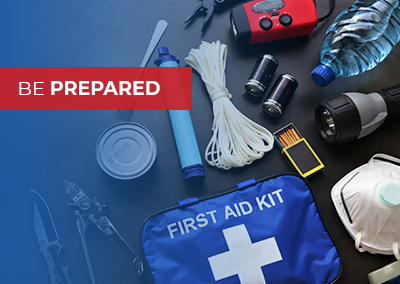Home »
Here are 6 steps you can take to prepare for an emergency.
1. Have an Evacuation Plan
Part of any good emergency plan of action is to have an evacuation plan. Evacuations happen in a moment’s notice, and if you’re not prepared, you could be a bad situation. Make sure you have a place to go in case of an emergency. A friend’s or relative’s home would be a good place to stay.
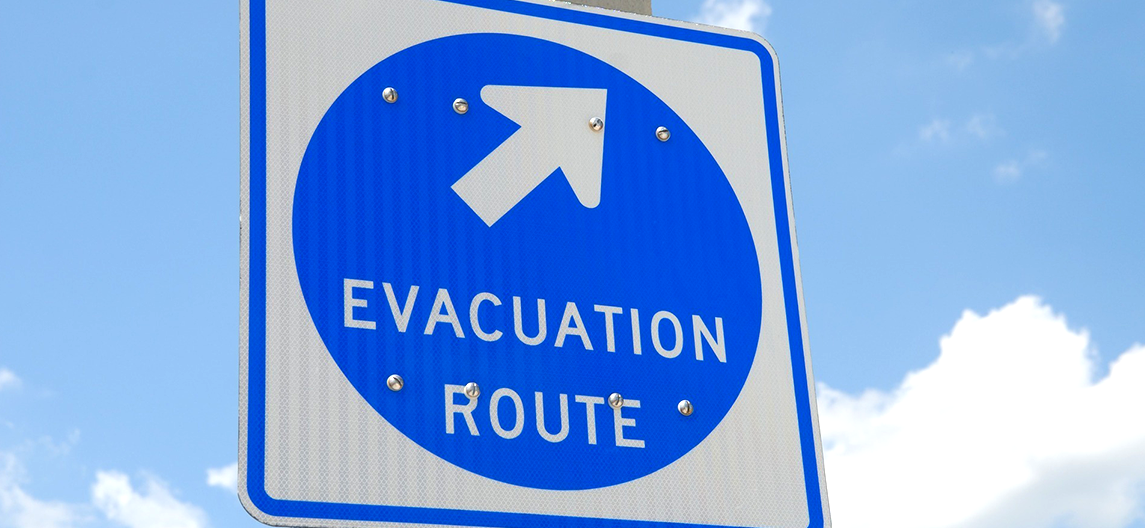
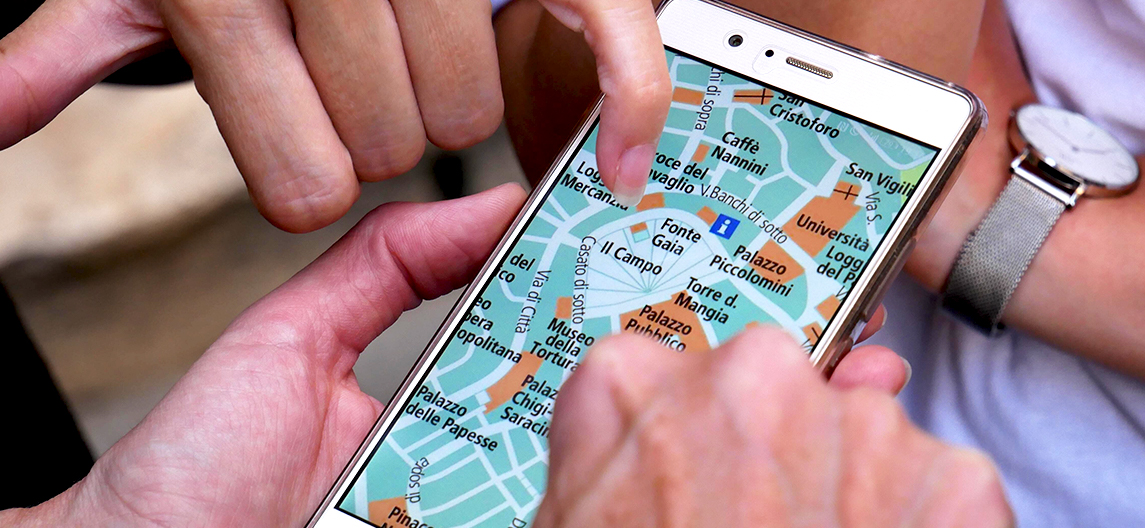
2. Designate a Meet-Up Place
In certain disasters, it’s possible that you get separated from your family. If that happens, having a meet-up place can make all the difference. Establish a meet-up place and go over it with your family. Examples include a gas station, a landmark, or even a grocery store. Another piece of advice is to have an emergency contact who lives a fair distance away. Make sure everyone in your household has their number so everyone has a mutual contact.
3. Create an Emergency Kit
An emergency kit can be a lifesaver in tough situations. Having things like a radio, food, blankets, and more can make all the difference. It’s important to also put in first-aid supplies in your emergency kit. You never know when someone will need some medical help. We also recommend having an emergency kit in your car filled with similar items. Being stranded in a vehicle unprepared is even more dangerous than being stranded at home.
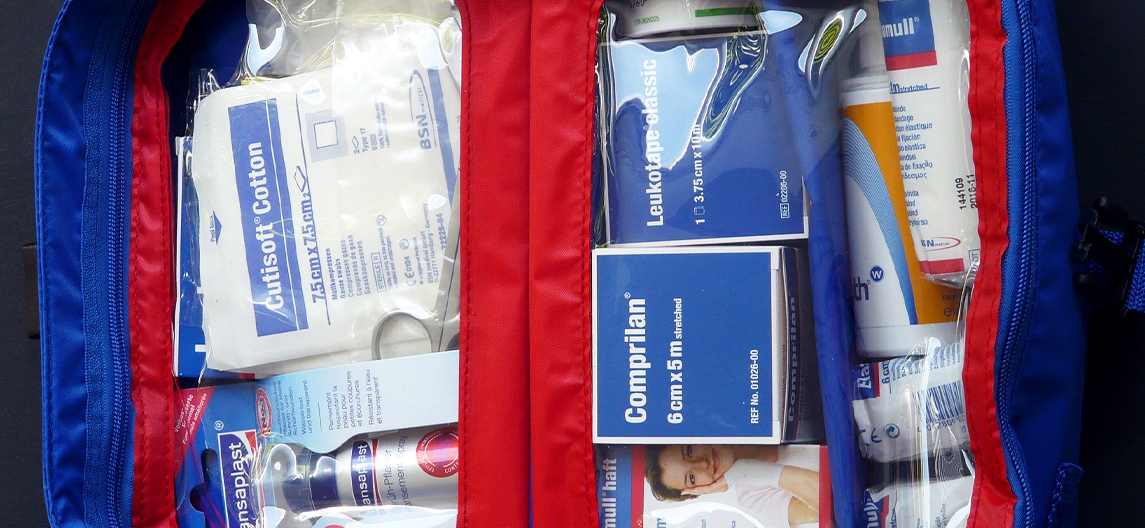
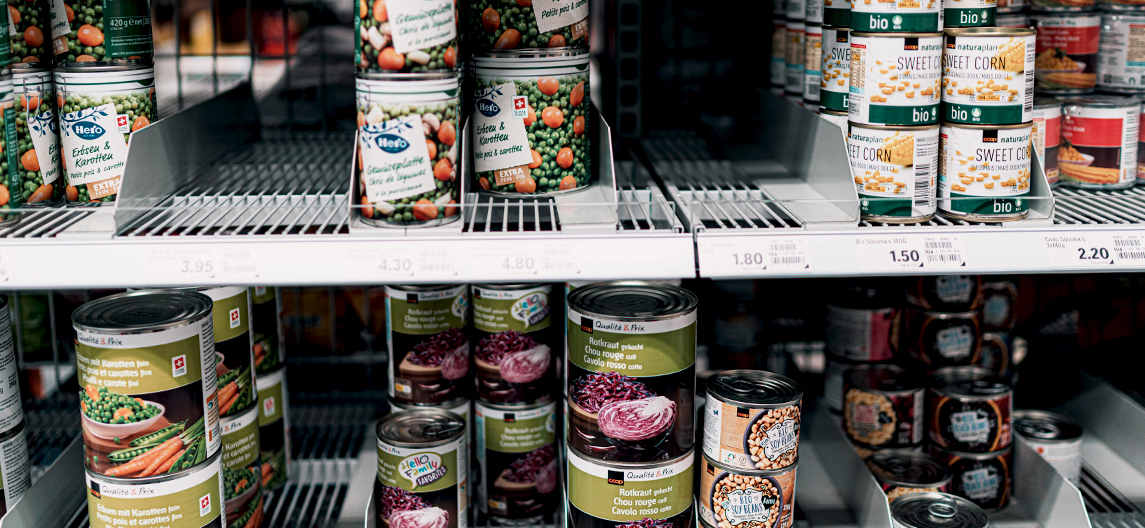
4. Stock Up on Food a Compost Bin
Lots of preppers already have this part down, but it’s worth going over anyway. If you lose power for an extended period of time, your perishables will quickly be inedible. That’s why you should stock up on canned food with long expirations dates, bottled water, batteries, and more. In a crisis, it’s important to have enough food to keep everyone fed.
5. Have an Alternate Heat Source
No emergency plan of action would be complete without an alternate heat source. Blizzards and ice storms can often knock out your power, leaving you without your traditional heating system. Having a kerosene heater as a backup can keep you warm in the bitter cold weather. Heat is also important if you have any pets, as extreme temperatures can harm them.
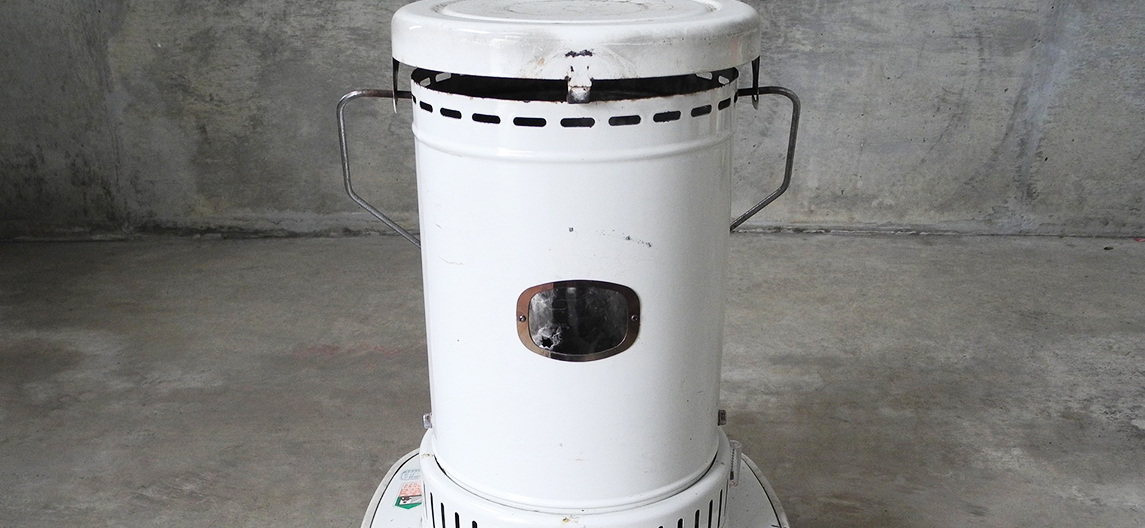
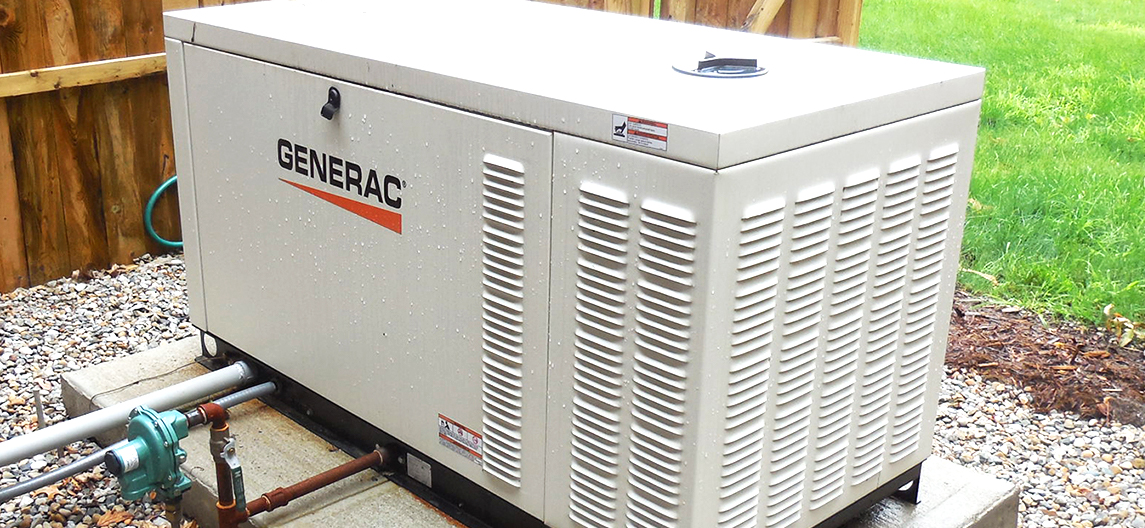
6. Buy a Generator
A generator isn’t something you’ll need often, but when the power goes out, you’ll be glad you have one. The type of generator you get should be largely based on how often your power goes out (and for how long typically), and what you need to power. If you live in an area where hurricanes and other major storms keep the power out for long periods of time, invest in a home standby that can give you up to 20,000 watts and keep your entire home powered. If you only have occasional, infrequent outages, a midsized or recreational inverter (2,000-3,500 watts) might be a better investment. Generally speaking, it’s a good idea to know the wattage of your necessary devices, like a fridge and sump pump. Having that number makes it easier to buy a generator suited for your home.


